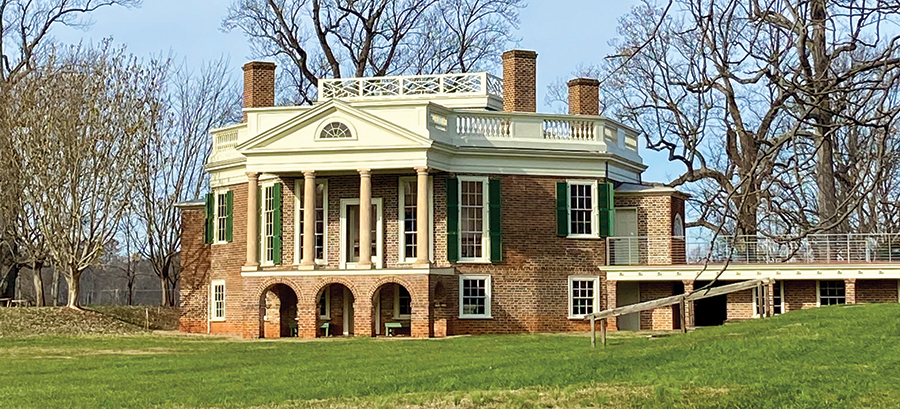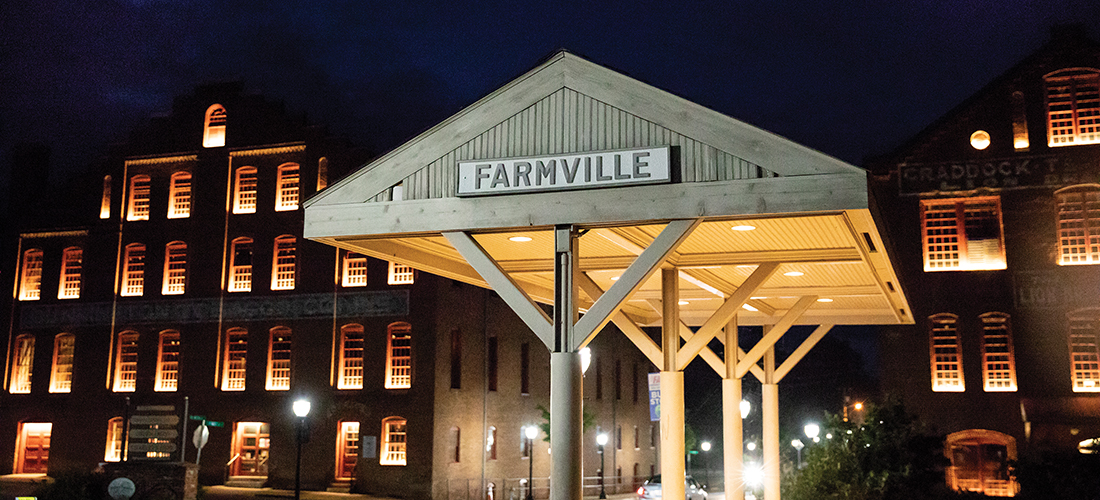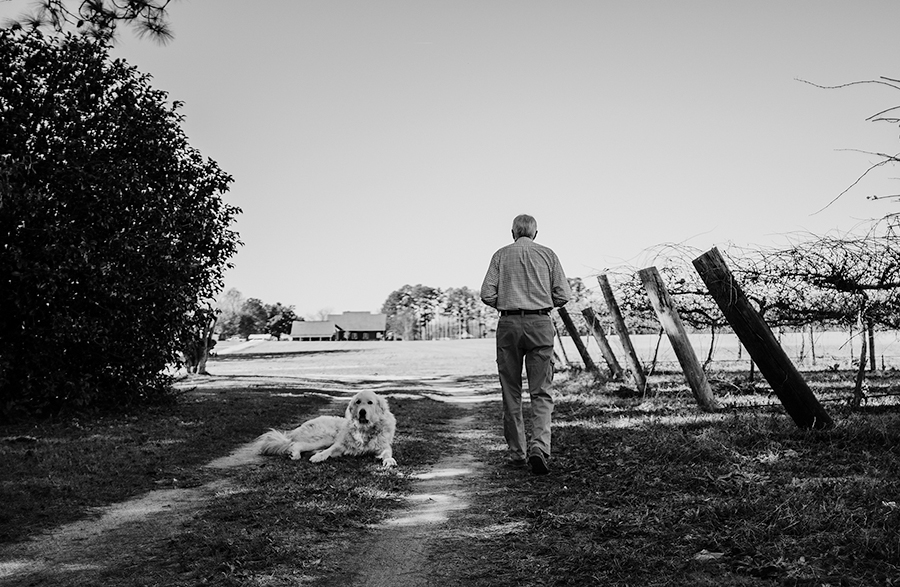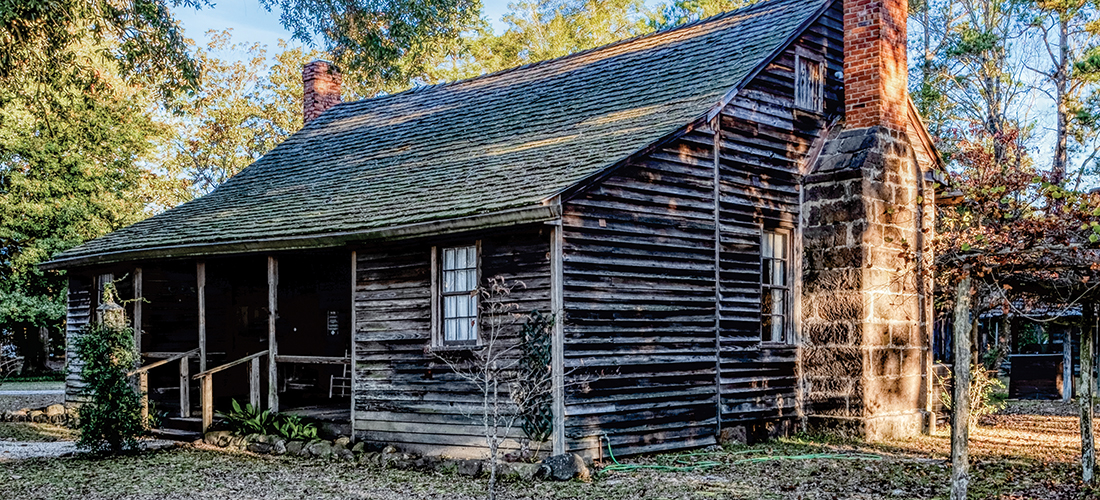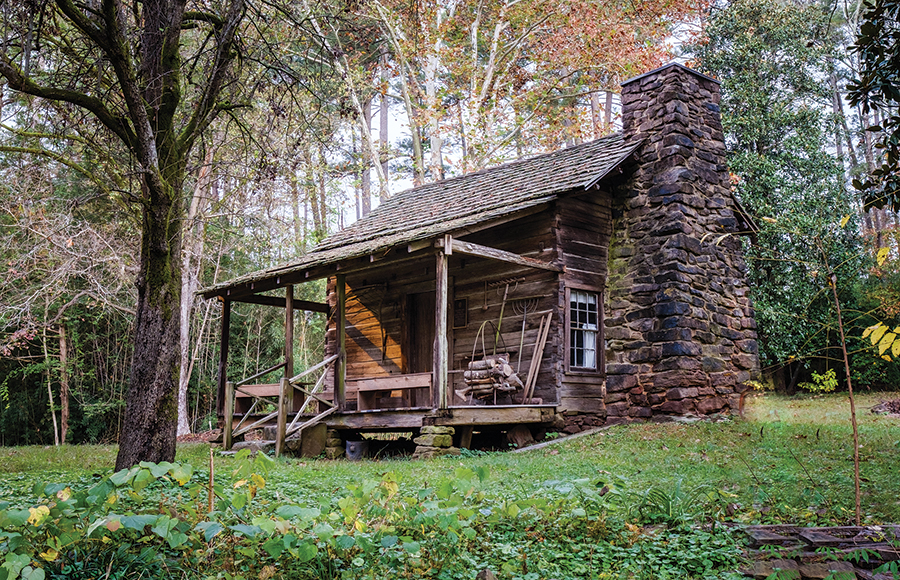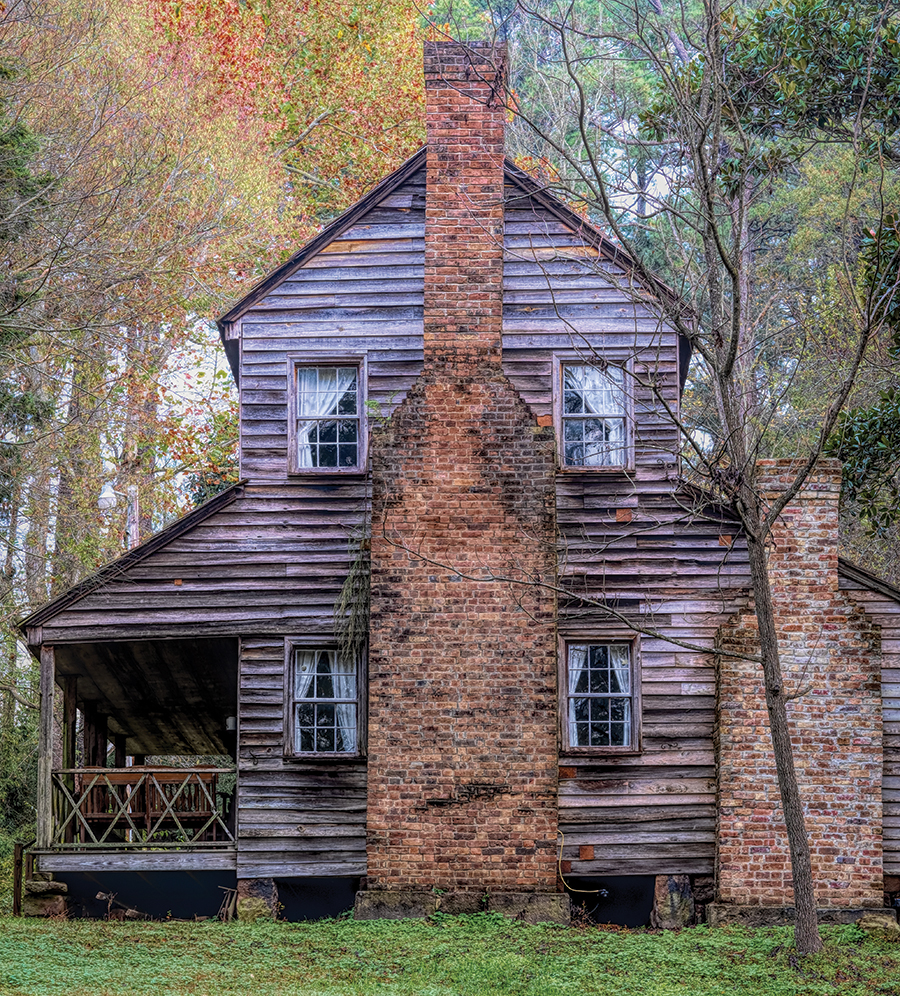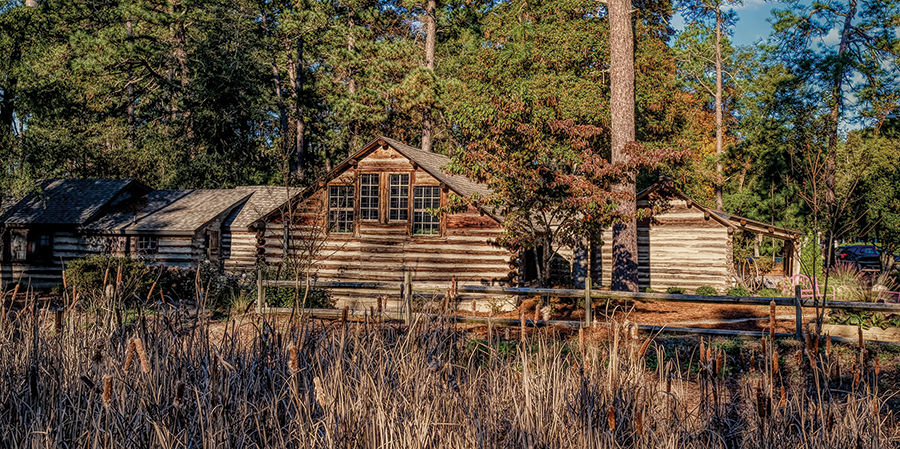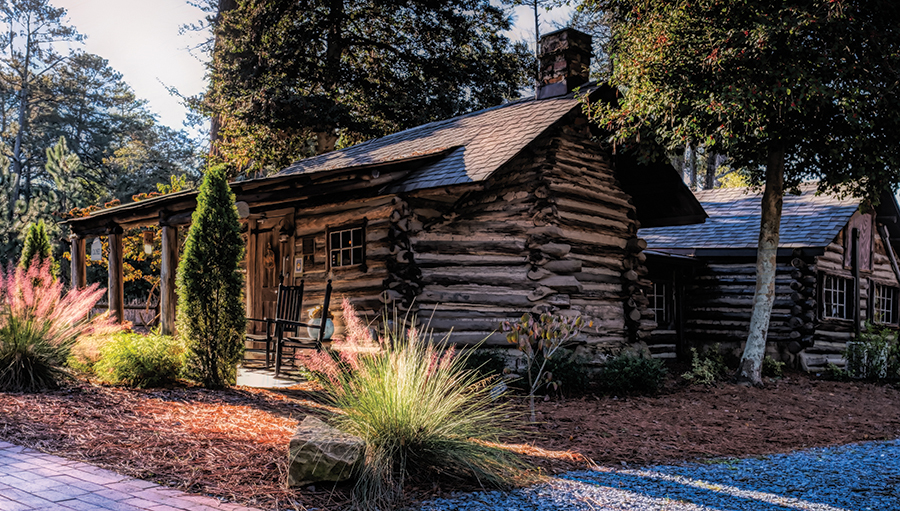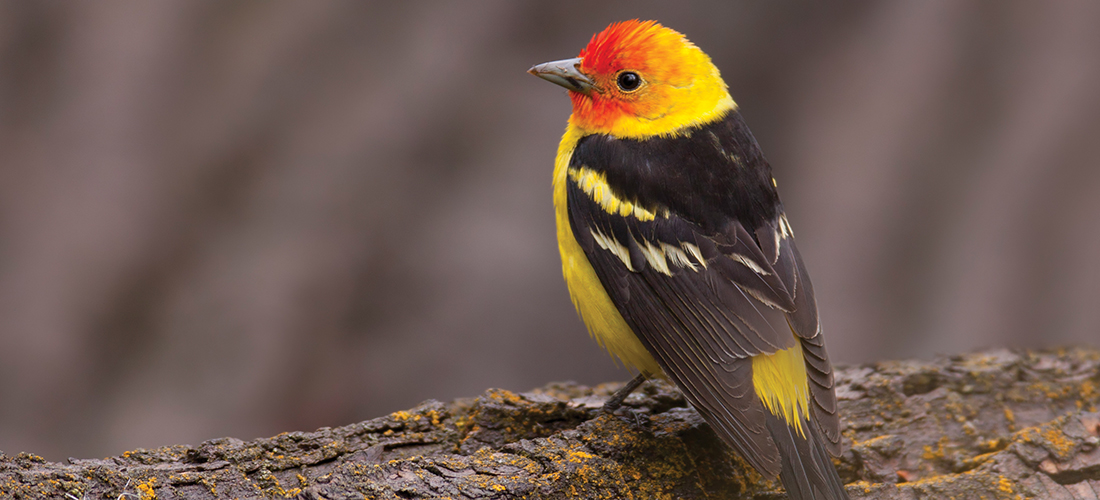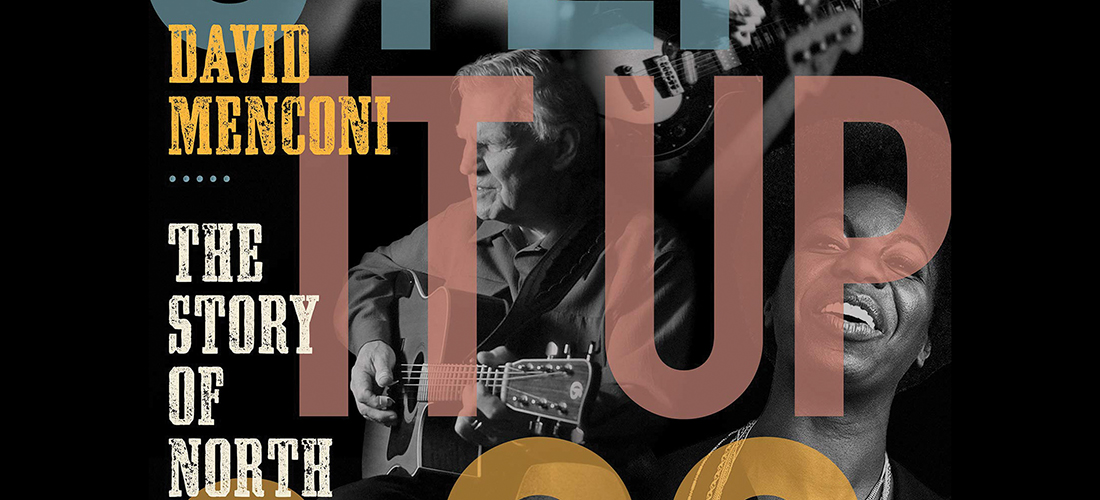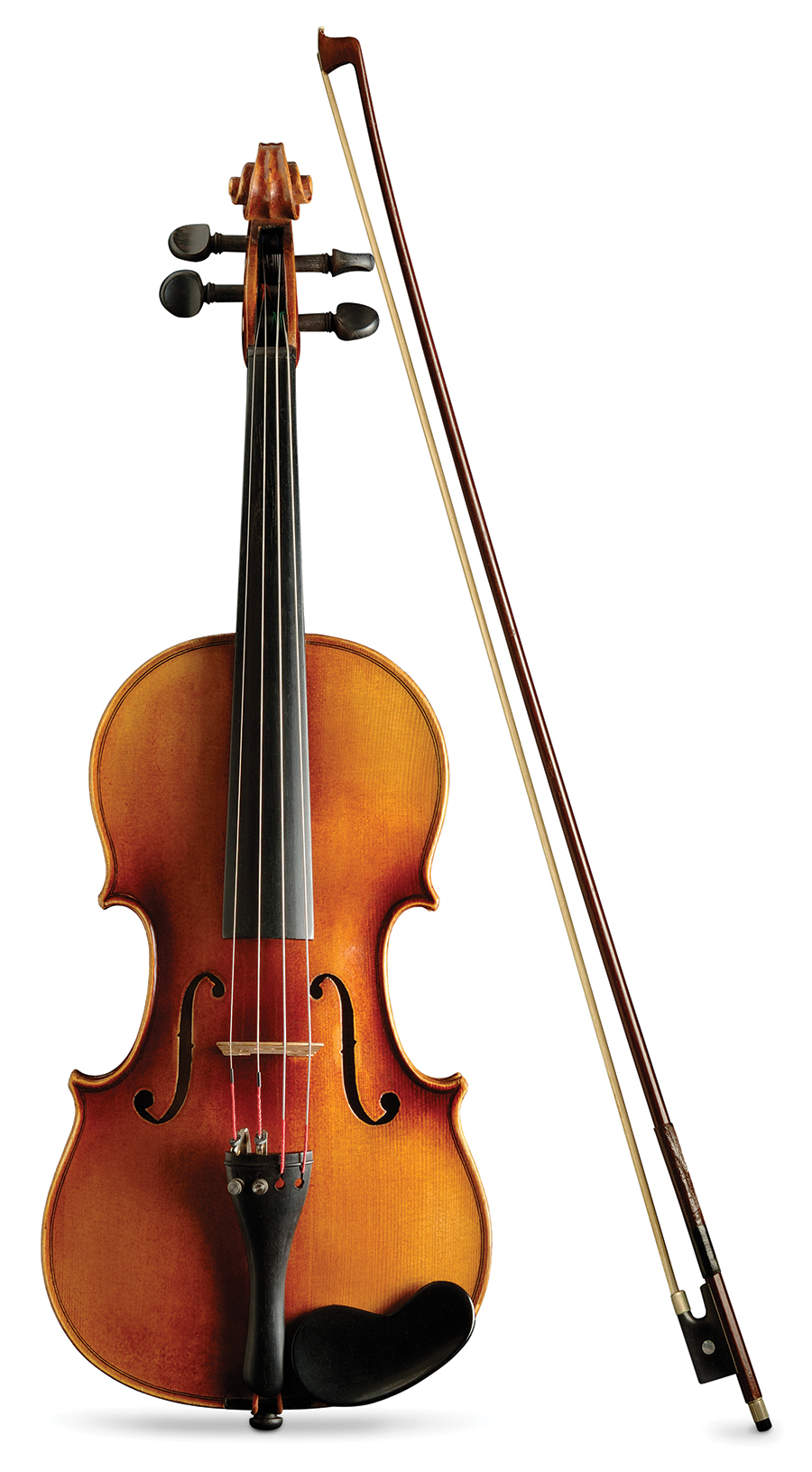Indefinite Intermission
Theater life in two acts
By Morgan Sills
New York
You can only imagine the indescribable complexities of closing 41 Broadway theaters. When Broadway shut down March 12, there were 31 shows running, including eight that had begun their preview period. Eight more shows were scheduled to begin performances before the end of the season. Mrs. Doubtfire, the musical, got through three previews. Plaza Suite with Matthew Broderick and Sarah Jessica Parker was set to begin previews the next night.
Right away, prominent creative New Yorkers were dying, from my former acting teacher Mark Blum (Mozart in the Jungle, Desperately Seeking Susan) to Broadway actor Nick Cordero (Waitress, A Bronx Tale) to legendary Tony Award-winning playwright Terrence McNally (Anastasia, Ragtime). In March and April, social media was flooded with friends who had contracted the virus. Some had mild cases; others miraculously rebounded from near-death and are now dealing with what seem to be permanent after-effects.
The deaths of places are concomitant with the deaths of people. Like everything in crowded Manhattan, all too often it comes down to real estate. Buildings you never thought you’d see empty suddenly are. Favorite restaurants, bodegas and other shops have gone out of business practically overnight, some without a chance for customers to say goodbye. Among the pandemic’s consequences were the permanent closures of huge rehearsal spaces like TheaterworksUSA’s Chelsea studios and Shetler Studios. Smaller off-Broadway indie theaters are just hanging on, and there are very few of those in locations that get tourist traffic anyway.
What will come of the skyscrapers full of corporate office space now that so many are working remotely? Just as in the theater, that special connection that happens with a group of people together in the same room has been temporarily lost.
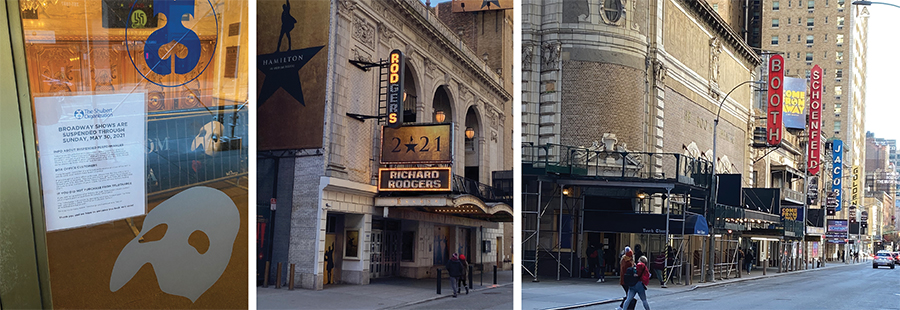
Around 97,000 workers rely on Broadway for their livelihood. Actors and musicians. Theater staff, from the box office to the bar. The shop workers who build the shows and the backstage crews who run them. Press, marketing, advertising, legal. Families whose lives depend on the Broadway mill turning out eight shows a week, 52 weeks a year. What can creative people do when even their traditional fallback work has fallen away? Waiting tables, teaching and coaching, personal services like yoga and personal training, are all cut back or completely gone. People are getting out of the business, getting out of the city, going back to school online. What if they never return?
In 2019, leisure travel accounted for 53 million visitors to New York. Culture is a huge part of what gets them there, with a side trip to the big Apple store. Broadway sells more tickets annually than all the NYC metropolitan area’s professional sports teams combined, with an annual economic impact of $14.8 billion, and 2019 was the best-attended year in Broadway history. Nationally, arts and culture production is second only to retail in the value it adds to the nation’s gross domestic product. The U.S. Bureau of Economic Analysis reports that the arts and culture sector contributes $15.3 billion to North Carolina’s economy. Most Broadway shows have to play their eight weekly performances to around 60 percent of capacity to break even. A large musical would have to sell around 7,000 tickets per week just to get by. Social distancing isn’t possible inside theaters that pack 1,000 or more people into a place where space is at a premium.
Broadway means large audiences from around the country and around the world. Broadway means prestige and talent. The creative and economic spark from the theater industry powers everything around it. The shutdown has a ripple effect on restaurants, hotels and tourism. The needs of all these industries, their workers, their customers and the city are irrevocably intertwined.
In March and April, friends kept saying, “Don’t come back unless you have to.” Excuse me, what? As an adopted New Yorker I’d been there for both hell (9/11) and high water (Hurricane Sandy). Those disasters weren’t fitting comparisons to this ongoing one.
These days, the five-minute walk east from my Hell’s Kitchen apartment to the theater district is fairly bleak. The hullabaloo and bright lights of eight shows a week has been replaced with scaffolding and boarded-up windows and doors. The Broadway shutdown has reached its fifth extension, and when shows return, it will be on a rolling basis. Which show will be the canary in the coal mine to see if the audience is ready to come back in numbers large enough to make it financially viable? The longer Broadway stays closed, the more shows won’t reopen. Shows have expenses, even when they aren’t running. Among the early casualties, Disney permanently closed Frozen. Others will follow. And no Broadway means no Broadway tours stopping in North Carolina.
Whenever people ask what I love most about New York, my usual reply is: A person can’t ever look around and say there’s nothing to do. People come to the city to invent themselves, to reinvent themselves, to find their tribe and fully become themselves. Twenty-five years into my life as a New Yorker, I know the city knows how to cope with anything . . . anything. My barber can cut hair while I keep my mask on and still do a great job around my ears. Restaurant Row has been turned into a great big makeshift sidewalk café. Art museums are reopening with capacity controls and mask mandates. Times Square feels more cautious, slower, grimmer — but there are signs of life.
Here’s the big question: Will Broadway come back? In order for New York to come back, it has to. And our nation can’t come back without New York.
The Sandhills
The actors were getting nervous. “Can we get more hand sanitizer and wipes?”
“Is the stage manager cleaning everything during the breaks?”
“How often does the drinking fountain get cleaned?”
We knew Judson Theatre Company’s March 2020 production of The Odd Couple (Female Version) would be funny, and we knew it would be a hit. Advance ticket sales and group sales were the strongest we’d ever had. The ads were running; the eye-catching pink and blue 1980s-style posters were up; we had done our mailing. There was even a feature story in this magazine on our two stars.
JTC completed its eighth season in the fall of 2019 with the first theatrical production to open at Bradshaw Performing Arts Center, Agatha Christie’s Witness for the Prosecution, and it broke our box office record. We’d tripled our audience in eight years.
Rehearsals for The Odd Couple had a promising beginning. Our stars Amanda Bearse (Married . . . With Children, Fright Night) and Teresa Ganzel (The Tonight Show, The Toy) had arrived on a Tuesday afternoon, along with the rest of the company. The three of us had a loving, laughing lunch together at the Woman’s Exchange amid a flurry of local publicity. The play had been blocked in three rehearsal days and was scheduled for a run-through Saturday afternoon.
Daniel Haley, the director of The Odd Couple and JTC’s artistic director, and I had a post-rehearsal meeting after the third day. “Morgan, we should shut down,” he said.
“No,” I replied. “It’s cowardly to give in to fear. It’ll all blow over. Besides, the actors are here. The tickets are sold. The set is built. The money is spent. And the virus hasn’t hit Moore County yet. We should keep to ourselves and sweat it out.”
Daniel continued, “The actors are starting to get nervous. If travel gets restricted, they might not be able to get back home.”
I was wrong, Daniel was right. Be proactive and decisive in a crisis. Don’t look back. The decision was made to gather the company at the rehearsal space the next morning and tell everyone at the same time. We agreed that I would do the speech. Driving home that night after what suddenly felt like the world’s longest day, I remembered it was Friday the 13th. How apt.
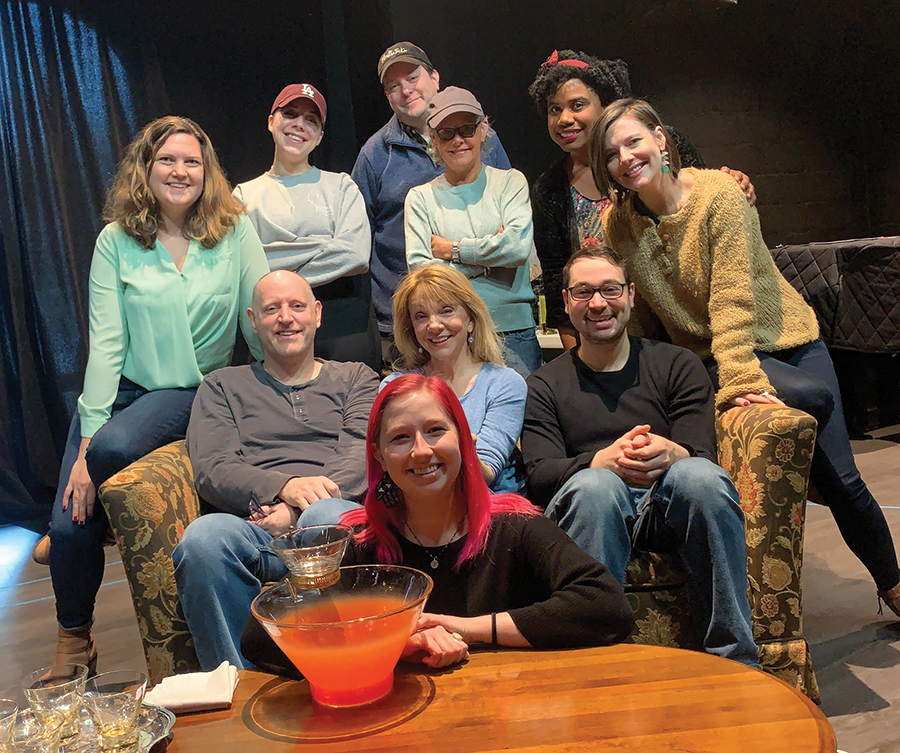
With difficulty, I found the words. The production shut down, taking with it a great deal of what JTC had built up financially over the past several years. The company consensus was “this is a bad situation, but you’re doing the right thing.” There were no raised voices, though there were some quiet tears. They understood, but nobody likes to lose their job. The last thing we did as a group was make a company photo.
We announced the shutdown at 10 a.m. on Saturday. Airline tickets were booked. The actors returned to the hotel, packed, checked out, returned their rental car keys. By 12:45 p.m., the first car was on the way to RDU. A second group of actors flew out later that day, bound for New York, and by Sunday morning everyone in the cast and crew was safe at home.
Driving back from the airport (with Daniel on speakerphone), we made our plan to get the set, costumes and props out of the theater. We figured out the logistics of notifying our audience and processing the flurry of refunds, exchanges and donations. Gratitude to the patrons who donated the cost of their tickets, knowing it couldn’t begin to cover the losses.
Like most not-for-profit theater companies, Judson Theatre Company depends on the box office for roughly 50 percent of our income, with grants and corporate and private donors providing the balance. We work extraordinarily hard to keep costs and ticket prices moderate.
After dinner Saturday, Daniel and I pored over The Odd Couple budget line by line, searching for any dollar that could be saved without damaging long-standing relationships with our vendors. They would no doubt soon be hurting, too. Nearly all were understanding and gracious, refunding anything we hadn’t used or crediting it forward to the next show.
Nonetheless, a worst-case scenario had come to pass. We’d shut down a production at the worst possible time: after rehearsal had started, but before performances began. Nearly the entirety of The Odd Couple’s budget was gone. Financially, it was as if we had done a big production that didn’t sell a single ticket.
And the hits kept coming as the pages fell off the calendar like a montage in an MGM movie. We were forced to postpone our fall 2020 production of A Few Good Men. Our friends at Sandhills Community College chimed in with their full commitment to JTC remaining part of the BPAC family. It’s worth remembering that once live performances are back, it’s going to sink in at a deeper level what a major turning point having this new facility is in the lives of the college, the county and the region.
But what is a theater company when it is not producing live theater? It’s not like selling Helen Keller’s water pump from The Miracle Worker or the knife from Twelve Angry Men would raise a bucket of money. Crisis time for arts organizations has shown that the starving artist model doesn’t work — not long term.
We resisted the temptation to do something just to do it, just to stay busy. We couldn’t accept lowering the quality standard the company stands for. And yet the opportunity to pivot to a new world is intriguing. Thus it was that our first streaming show came to pass in December: a new holiday play, Yes, Virginia, by the writers of Golden Girls, Gilmore Girls and Desperate Housewives, starring Mindy Sterling from the Austin Powers movies, and Arnetia Walker from Nurses and Dynasty. We partnered with Laguna Playhouse and some other theaters around the country. We stepped outside our boundaries to reach an audience beyond the Sandhills. Many of the tasks for a streaming production are the same as for a live show: choosing the material, getting the rights, casting, grant writing, selling tickets. There will be more streaming programming in JTC’s future — a silver lining.
Companies that stream theatrical shows have been around for a while, but suddenly, as Irving Berlin wrote in 1911, “Everybody’s doin’ it.” A new theater ecosystem is evolving. There are victories like Hamilton on Disney+ or even the capture of my most recent off-Broadway production, Happy Birthday Doug, on BroadwayHD.
We can all look forward to a future where live performances resume in coexistence with digital offerings. Thanks to the increased accessibility streaming provides, theater as an art form has the opportunity to get closer to the center of popular culture than it has been since the golden age of Broadway.
Streamed programming in no way replaces a live performance, but it has its own merits as an entertainment experience. It pulls down several of live theater’s longstanding barriers: geography, financial, scheduling. Audiences can explore offerings they might have been reticent to sample on Broadway at full price. There have been Zoom readings with casts we might not see live and in person: Sally Field and Bryan Cranston in Love Letters. Alec Baldwin and Julianne Moore in Same Time, Next Year. And if you don’t like it, you can multitask with it on in the background while you eat your Chipotle or scroll your Instagram . . . or just turn it off.
But take heart. Live theater won’t be gone for good. The pandemic is an ongoing opportunity to hit the reset button on your life. What is worth your time, your money, your attention? Theater is worthy of all three. There is nothing as electric as the live interaction between performer and audience. That moment of connection is as irreplaceable as it is priceless. And that connection must not be lost.
Theater is stories told and witnessed. Artists collaborating on a distillation of the collective experience of being human. Most importantly, theater is the audience. What a pleasure it will be when we’re all together again. PS
Morgan Sills is a theater producer and director with Broadway, off-Broadway, and regional theater credits. A Moore County native, he is co-founder and executive producer of Judson Theatre Company, the 501(c)(3) nonprofit, professional theater company in residence at BPAC in Pinehurst (JudsonTheatre.com).
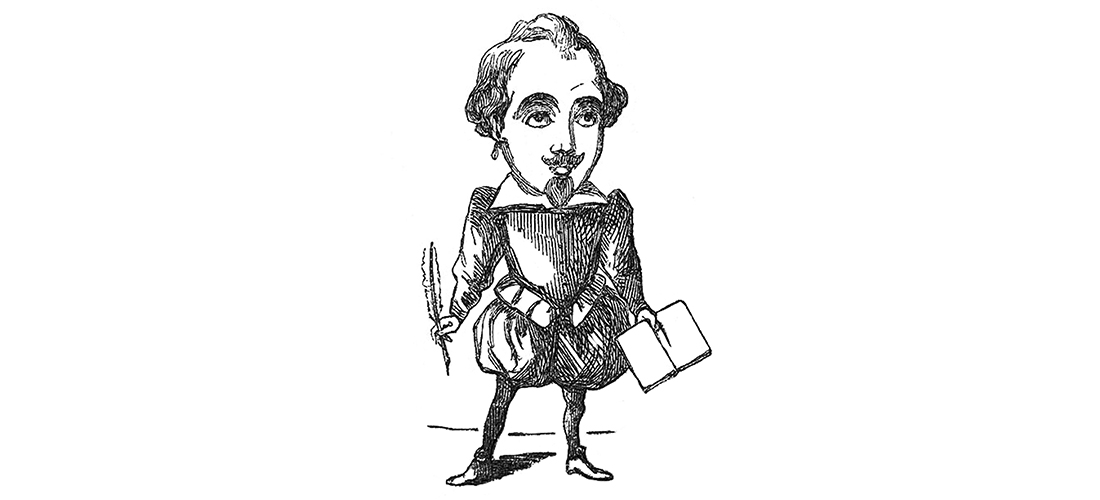
Magic in the Park
Shakespeare in the age of pestilence
By Jonathan Drahos
Under the majestic night sky, fretted with the golden fire of the stars, Shakespeare’s plays sing out, piercing through the vastness of space. It is magic.
For me personally, I have been living this dream ever since I heard his words spoken in the outdoors. The plays were written to be performed at the Globe Theatre in London during daytime hours under the open English sky. It is no wonder that when Shakespeare’s words are spoken outside today, they come into agreement with how they were first conceived. It is like time travel. It is magic.
I am what has been described as a “bardolater” — one who reveres Shakespeare and stands in awe of his artistic achievement. Since I was a small child, Shakespeare has captured my curiosity. The passion of the language and the intricacies and genius of his poetry have captivated my attention (bordering on obsession) since first I was exposed to what George Bernard Shaw described as Shakespeare’s “word music.” The rhythm of sound boldly reverberates into the heavens, it seems, but the rhetorical power lands on us with a surprising gentleness and perfect ease. No other playwright before Shakespeare, and no playwright since, has been able to capture such effortlessness in expression.
Shakespeare in the park has been an enchanting tradition in the United States since the early 19th century — and the lyricism of the Bard’s language has perfectly melded with the beauty of the outdoors for centuries. It is almost impossible to think how Shakespeare’s plays, written in early modern English over 400 years ago, could become such a distinctly American tradition. Shakespeare in the park has become as American as outdoor barbecue, lemonade stands and swimming pools.
What better place than the historic village of Pinehurst to engage with this eloquent language as it dances through the pines like a mystical sprite? The Uprising Theatre Company has been producing Shakespeare in the Pines on the Village Green since June 2017, and we have reached thousands of patrons from all over the Sandhills and beyond.
Producing plays outside offers unique challenges. We are at the mercy of the elements, which in the North Carolina summer can be quite tempestuous. Our lighting equipment, set, costumes and sound equipment must be diligently protected. Wearing heavy costumes in the heat can be challenging for the actors. Safety concerns on wet surfaces with stage combat choreography, dance, and the sweeping physical elements of Shakespeare’s plays are a real challenge. But these pale in comparison to the benefits.
The community has truly responded to the cause of bringing the highest level of theater to our village, enriching lives through Shakespeare’s unique investigation of the human experience. Our patrons include individuals and local businesses who believe that theater is important, and that Shakespeare, in particular, is important to our time. In the age of short attention spans and the devaluation of language, Shakespeare offers us eloquence. Our patrons know that when we devalue language, we devalue communication; and when we devalue communication, the danger is that we might begin to devalue each other. Shakespeare is a great unifying element.
I have witnessed firsthand how Shakespeare can be transformative. In my work as a professor and director of Theatre at the most diverse campus in the Southeast — the University of North Carolina, Pembroke — I have seen the transforming power of Shakespeare. I have witnessed how this unique work has changed young people’s lives by delving into the complexity of his characters and epic themes that teach us so much about ourselves. Students who have never been exposed to the plays before have experienced a kind of awakening to the relevance in our contemporary world of Shakespeare’s introspection. As Shakespeare’s friend and fellow playwright Ben Johnson wrote of him in 1623: “He was not for an age, but for all time.”

But it is even more than Shakespeare’s extraordinary characters and universal themes. Our patrons in Pinehurst tell us that experiencing Shakespeare under the summer sky is unique. We run the plays over two weeks in Tufts Park, and the green takes on a festival atmosphere. Children play soccer, families throw the football, golf carts line the perimeter of the green, and we are surrounded by a sea of lawn chairs, picnic blankets and baskets.
The play itself seems like only a part of the experience. The warmth of the weather is matched by the warmth of the diversity of people coming together in the public space. There is a powerful feeling of community.
The coronavirus has taken this feeling away from us temporarily. The worldwide pandemic has forced us further apart and has damaged the fabric of what theater is made of — community. But we will not be deterred. This is not the first time that theater has been challenged. Being outdoors can be an asset for us. As a director at UNCP, I recently directed Macbeth, and we rehearsed the entire play outdoors, distanced, and masked. We rehearsed the play for 12 weeks, and no one in our cast, crew or staff were infected with the virus. We had smaller audiences watching the play from a distance, and we filmed the performance to be streamed online.
In the Elizabethan era, the consciousness of sickness and death during plague caused shutdowns and quarantine, and this is keenly (but not overtly) referenced in Shakespeare’s plays. He was working in London when the bubonic plague surfaced in 1592, and it closed the theaters again in 1603. Two years before he wrote Macbeth, London experienced mass death of over 30,000 in the city of just over 250,000. Yet Shakespeare never left London during these plagues. He stayed to create art when many playwrights did not make the same decision. He knew his responsibility to his moment. Shakespeare was a healing force in his society during the most brutal times imaginable.
Shakespeare reaches through the millennium to teach us that division is fiction in America. Cultural experience is a great unifier — a wonderful way for an audience to share an artistic experience with their neighbors. Even during a plague, artists will find ways to create. The times ahead will be challenging for us all. We are committed to a 2021 season. It may look a bit different, but we feel a responsibility to bring the magic back. PS
Jonathan Drahos is co-founder and co-artistic director of Uprising Theatre Company/Shakespeare in the Pines. He is a professor and the director of the Theatre program at UNC-Pembroke. He and his wife, Carolanne, make their home in the village of Pinehurst.

Stage Craft
Return of the artist
Fiction by Joyce Reehling
“Dear God, this is why I shouldn’t do interviews!” June Talley shouted.
“Why is that?” Tom shouted back.
“You remember I agreed to meet a reporter at Joe Allen’s?” June shouted again.
“I’m right here.” Tom turned the corner from the kitchen with a cup of tea in each hand.
“He makes me sound like a nut job,” June said.
“Hardly,” said Tom, who had already read the Times.
“You know how I am always whining on about the shoes? Look here what it says:
As this experienced character actor munched on her Cobb salad the conversation turned to shoes, not her shoes, but the shoes of the woman she is playing. She simply must have them right away, she says, “to be comfortable, not comfortable within the play, but comfortable within this person — the way one always wants to feel about oneself. This is sounding very hoity-toity but we build the character to inhabit that person for several hours a day and it must be worn as one wears one’s own skin, lightly but deeply held. That is why I must have my shoes within the first week. Nothing says who you are so much as what you stand in.”
June stopped reading, picked up a piece of dry toast and crunched down on it. “I shouldn’t be allowed out in public without a handler.”
Tom leaned over her shoulder to look at the newspaper.
“He said Cobb salad? Unforgivable.”
“And look at the picture! It’s not me. It’s my feet crossed in those dog-tired loafers.”
“They are your favorite.”
“That, my darling husband, is not the point.”
“Forget about it. It’s Wednesday’s paper. No one reads on Wednesday. Besides, people always like a peek backstage. Eat your toast and get out the door before I hear how you cannot possibly be late.”
Tom smiled and went back into the kitchen to get his eggs and bacon. He didn’t have to eat light to beat back the nerves of the first day of rehearsal.
As she gathered her stuff in her NPR tote bag June turned and said, “You know, I would love for a scientist to explain why that happens. I mean we rehearse, we are solid, we move into the theater with lights and sets and up in smoke we go — sometimes for a day or two — it makes no sense.
“And another thing. I hate all this digital stuff. iPads and things. Playwrights are rewriting before we even have a chance to ground ourselves. You can hear the ping of a PDF before you even get the line out. They used to have to go home and think about it. It slowed them down and gave us time to maybe make the damn thing work, but now, jeez Louise, you no sooner open your mouth . . . ”
“Darling,” said Tom, waving a piece of bacon, “it’s 2021, not 1975, so best get on with it. You can sit at lunch and tell the young ones how pencils work and what paper is.”
Tom rose, napkin in hand, and pushed her toward the door. “I love you. Don’t be late. How’s coq au vin for dinner?”
“Yes, please,” she said from the hallway.
“May the Gods be with you,” he said and closed the door.

June hummed random notes to herself in the elevator. Out on the street she started to recite, in her head, her first scene in the first act as she strode down Central Park West to the subway.
Learning lines was dogs body work, and she wasn’t blessed with a photographic memory like some lucky actors. She went line-by-line until she hit a snag and then went all the way back to the beginning, started again, and added one more line. It took hours and focus, and she hated this part.
She was well into her 50s and memorizing was not the snap it once was, so she used the travel time to run through as many lines as she could and tuck them into her brain.
“Oh, hell,” she said out loud at the entrance to the subway when she stumbled on a line and knew she’d have to struggle to put it right in her mind. “Just get it in your head. Just get it in your head.”
At Columbus Circle she ran up the gray concrete stairs and headed to Eighth Avenue and the rehearsal studio. Eighth was always a bit dirty and crowded and wonderful because it was the canyon that housed anything from Broadway musicals —with all those lithe chorus kids — to a one-person show. “How do they do that?” she thought. “I love being with actors not being the only actor.”
As she pushed Studio 3’s door open she could see the folding chairs around the table for the read-through. Fred, her old friend and favorite stage manager, rose and gave his usual greeting.
“Well, look who just came in from the Actors Home. How is Englewood?”
“Shut up, you old fart, and hug me.”
They had sailed at least a dozen shows into various theaters together and trusted one another beyond reason. Fred knew that she would be no trouble, knew how to guide her, knew how to make her feel safe enough to risk being wrong and how to keep her from fear. The blocking of moves, the notes, the general theater stuff was his job description, but he was far more father, brother, confessor and principal than administrator to the director.
“How is Tom? Still taking money for doing nothing in the corporate world?”
“For God’s sake, don’t say that too loud or we’ll be living on my income and that means . . . soup, soup and soup.”
Fred pointed at the table. “You sit here. I can’t wait to see the faces on the young things when it dawns on them what a character actor can do. So you near me, Angie and Terry will be there, Jonathan — did I tell you that Jonathan is your brother in this?”
“What happened to Robert? I loved auditioning with him, thought he was very good.”
“So did everyone, but he slipped on some ice about two weeks ago and is in a walking boot — not the look we were going for. On top of that it might mean an operation. So, we are with Jonathan. It will be like old times. What was it, six years ago, when we all did that show?”
“Don’t ask me about time, I gave it up. New Year’s resolution. No, no, it’s great about Jonathan. Remind me to get Robert’s address, he deserves a note and some flowers, poor lamb.”

The door swung open and in came the playwright and director laughing about something when they turned and said in unison, “Darling June, how the hell have you been?”
The director she knew very well. “I am older, wiser and still begging for work — and you?” Marshall hugged her and turned her toward the playwright, Milan.
“I don’t know if you have seen each other since casting,” Marshall said. Milan said he was delighted that they were working together at last.
“It is a lovely, lovely role and the second act has grown so much since you sent me the earlier draft,” said June. “This is going to be such fun.”
Fred spied Jonathan coming through the door. “Here he is, our favorite brother.”
He rushed to June to hug her, offered his hand to Fred and at the same time made eye contact with Milan and Marshall, taking everyone in at once.
“Good Lord, who would have thought it — together again. What a lucky chappy I am,” said Jonathan.
The rest of the cast drifted in one at a time, a mix of excitement and fear on each face. The young ones, in their late 20s and early 30s, had the confidence of those not yet tested too much. In turn they felt a little intimidated by the older actors and, of course, the director and playwright.
“OK, kids,” said Fred, meaning each and every one of them. “Silence your cellphones and put them in this basket. No peeking. The coffee urn is over there. Bottled water there. You passed the loo on your way down the hall. We’ll do a fast read of the first act, then get all the Equity paperwork out of the way.”
iPads came out and they sat to read, climbing into the small boat they would share for either a short time or a long run — who knew — and all wanting to hurry up and feel like a tribe together.
“Let’s take a second to remember what we don’t know as the play begins. Don’t get anywhere too quickly,” said Marshall, the director. “Remember what you do know and sit with that.”
Milan said very little but would read each and every one of his words as they spoke them, still looking for a better phrase or fewer words.
The director glanced at the script as they read but mostly watched their faces, taking mental notes of where everyone was headed. He wanted to know if they were brave enough to listen to one another before they spoke. He nodded to Fred to begin and suddenly, in choreographed unison, everyone ducked to their right and bent down to look under the table.
Confused, June did the same. “What are we all looking . . .”
“Your shoes!” they shouted.
She looked at Fred.
“How many phone calls did it take to set this up?”
“Just one email, darling. This morning.”
They were all laughing, including June, and the ice had been broken. They were beginning to be a company.
Fred read: “Trees in the Dark. Act One, scene one: the porch of a once beautiful house now looking as if no one cared about it any more. The upstage door opens from inside and out step Ellen and Rod.”
And so the young ones began while June looked around the table feeling very happy to be in yet another rehearsal. She was content not to carry the show, content to know that in her world having a job at 50-ish is a little like a miracle. Her cue came and off she went, stepping into the boat with the rest. This was the beginning of the life of this play and a bond among them that would never break until the closing notice went up on the call board at the theater. It could be the night after they opened or months later. The days would grow more difficult as they put the muscle and skin on the bones of the words. They would agree and disagree — collaboration is a tricky business, balancing assertion and cohesion, like a marriage that demands both loving loyalty and the ability to still be one’s self.
Two days later June traded her loafers for stilettos and began to find the soul of a woman she, at first, barely knew. There would come a day when she would be able to walk into the theater and cease to think as June. It would not be the shoes doing the job, of course, but a day would come when “Emily” was as real and present as anyone could be. A time when Trees in the Dark was, for a little over two hours, a real place with real people who had real lives. And shoes. PS
Joyce Reehling spent 35 years in New York theatre, TV, commercials and film. She is a frequent contributor and good friend of PineStraw.

